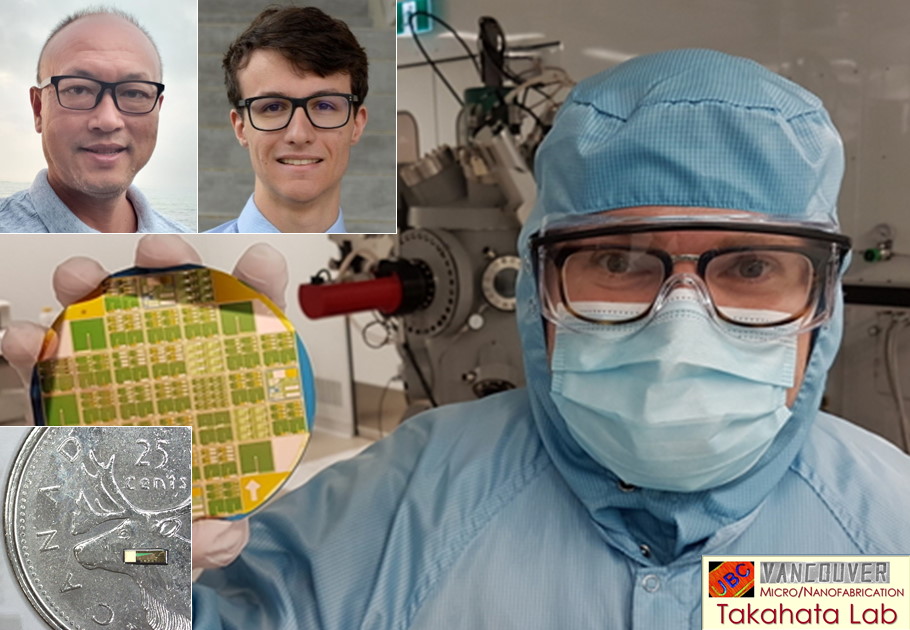
Through the hard work and determination carried out by members of the Department of Electrical and Computer Engineering and the School of Biomedical Engineering, we are seeing advances in the use of pressure microsensors with remarkable performance, enabling a whole new range of application opportunities.
Congratulations Nabil Shalabi, Kyle Searles, and Kenichi Takahata, who have recently had their article “Switch Mode Capacitive Pressure Sensors” published in Nature Microsystems and Nanoengineering!
This article examines a new class of pressure sensor enabled by micro-electro-mechanical systems (MEMS) that has high sensitivity in measuring small changes in pressure. Through this work, we are seeing transformations in the way sensors are used.
As explained by the authors, in many cases the response or sensitivity to pressure of existing sensors are not high enough, preventing proper detection of pressure changes. Additionally, noise further challenges the readings of small signals.
The exciting development of this groundbreaking pressure sensor is that it is microfabricated to convert the pressure being detected to mechanically switching capacitance. The sensor transforms analog pressure signals to digital signals, and has a high sensitivity to changes in pressure and the ability to overcome background noise to prevent the unreliable reading of small signals. Further, the new sensor developed through a novel surface micromachining approach has a pressure-sensitive gold membrane and the use of electro-mechanical relay circuits that allows for the sensor to have greater response to applied pressure.
The advancement of this new type of pressure microsensor has the promising ability to alter the application of healthcare devices, robotics, industrial control, and environmental monitoring. Specifically, the team will be looking to innovate smart implants.
With the research performed by this team, the possibilities of change in a vast range of fields have significantly improved! Congratulations again to the team for their accomplishments, and we look forward to following more of their work in the future!
Read the full published article here: https://www.nature.com/articles/s41378-022-00469-w
